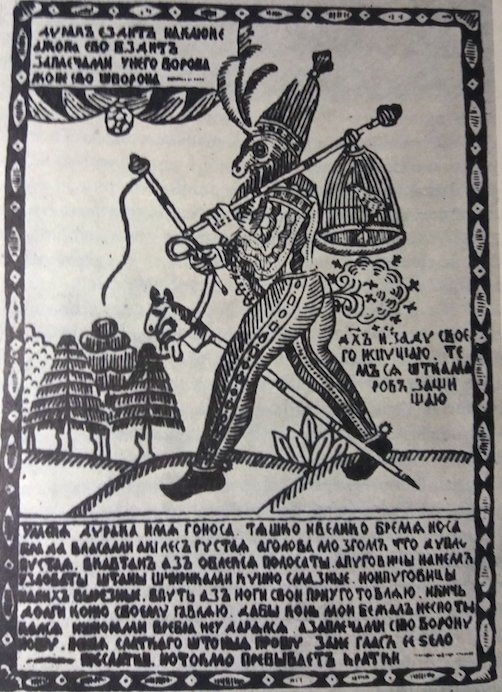Para Site is delighted to present a public sharing session by its current artist-in-residence, Mihai Lukács, of his recent research on the history of Roma slavery from Walachia and Moldova and the abolition of slavery from 19th century. The research focuses on what Lukács terms as the “cultural slaves” — Roma performers, jesters, acrobats, dancers, musicians, and actors who were all slaves for at least 400 years. The situation of the cultural slaves tells a lot about the condition of the performative artist and the historical perception of performance in Eastern Europe. Employing American historian Saidiya Hartman’s concept of “critical fabulation”, Lukács will analyze some of the historical ideas related to Romani people and (intellectual) property, cultural production, capitalism, modernity, tradition, progress or the (imagined) European civilization.
This session will be conducted in English.

